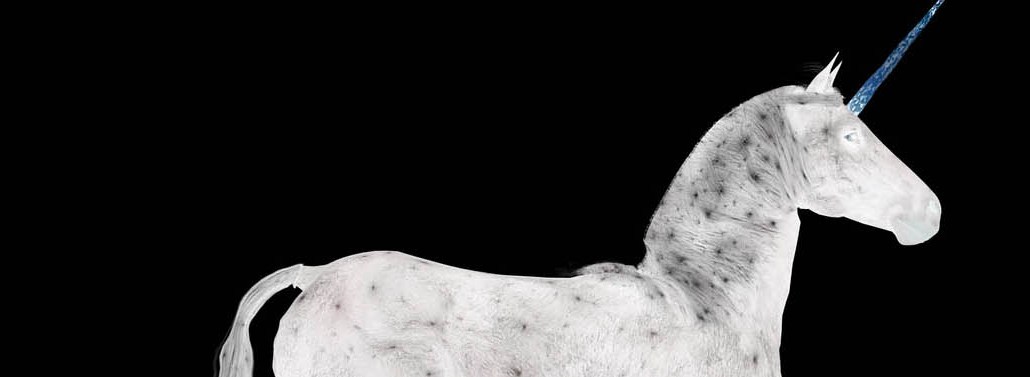Save 50% on a 3-month Digiday+ membership. Ends Dec 12.

There’s a tension in digital advertising: the need to be custom and the desire for scale.
Right now, the two remain relatively far apart. Publishers like The New York Times and The Atlantic are building content studios to create custom executions like the work each has done for Netflix. And then there’s the world of programmatic, data-based and, well, creatively boring.
Now, there are networks and platforms emerging that promise to take the best of both worlds, native and programmatic, and create engaging, differentiated campaigns that are also efficiently distributed. Sharethrough, Nativo and TripleLift, are all providers with different twists on their approaches, but all promise finding a way to balance these competing priorities, which they often deny are in competition at all.
“Lots of brands and agencies have quality content that isn’t produced by these in-house studios,” said Sharethrough president Patrick Keane. “And then Sharethrough will layer on quality controls and demographic, psychographic or geographic targeting to ensure an ad ends up in the right spot.”
Sharethrough can programmatically place ads based on behavioral targeting. One for Whistler Tourism, for example, can be targeted to people on the West Coast who have expressed interest in travel, food and dining.
And then there’s the data advantage. At Sharethrough, for example, a dashboard shows brands what combination of images, headlines and content perform best against a specific goal. Advertisers then have the ability to adjust for performance, optimizing toward whichever piece of content or publisher works best.
It all sounds good. But there’s a risk: Native advertising arose in reaction to the drudgery of the increasingly machine-driven, commoditized world of banner ads. Native offered a way out for publishers, a way to create interesting advertising that fit their editorial environments — and, oh by the way, commanded higher rates. Shoving all that into programmatic pipes doesn’t seem the ideal option, in this view.
“I don’t think branded content can ever run on an automated basis,” said Rich Antoniello, CEO of Complex Media, “because it will intrinsically lack the credibility you owe to your audience. I worry that programmatic content can’t really align with the tone and voice of a publication. That being said, I think it can be a great approach if you just want to get eyeballs on a piece sponsored content … but it just won’t work with traditional branded content.”
The perfect example of this is Green Label, an evergreen campaign that Complex runs for Mountain Dew. Using its cool factor and pop culture savvy, the music mag produces engaging content for the soda brand. An article on Gunner Stahl was custom crafted for the Green Label Mountain Dew campaign.
To be sure, there is a middle ground. Much of what passes for native advertising is simply custom brand content that is presented in non-standard ad units. Decoupling the two, or standardizing the non-standard units, would afford the options of taking the targetability and efficiency of programmatic and applying it to the distribution of brand content.
“Our in-house studio focuses on creating content around trending sports events … that will produce audience engagement and social sharing,” said Chris Pirrone, manager of sports digital properties at USA Today. “But for [programmatic] branded content, the important metrics are different. It might be awareness, brand recall or user engagement.” Basically, programmatic native is best if you want to get as many eyeballs on a piece of content as possible, but it can’t compare to some of these evergreen campaigns advertisers run with leading publications.
So it would appear there’s a time and place for programmatic native — a brand awareness or recognition campaign that’s looking to reach as many as people. But for more complicated campaigns in which you really want to change the hearts and minds of shoppers, advertisers might want to stick with that in-house content team.
“I think brands will always need custom content programs to leverage the publisher’s audience and engage them. But the reality is that ad tech, not matter how robust, can’t automate amazing content,” said Luke Kintigh, global content and media strategist at Intel. “Because the art is just as important as science. It is, however, becoming increasingly important to find ways the two can work together.”
More in Media

Digiday+ Research: Publishers’ growing focus on video doesn’t translate to social platforms
Major publishers have made recent investments in vertical video, but that shift is not carrying over to social media platforms.

Technology x humanity: A conversation with Dayforce’s Amy Capellanti-Wolf
Capellanti-Wolf shared insight on everything from navigating AI adoption and combating burnout to rethinking talent strategies.

How The Arena Group is rewriting its commercial playbook for the zero-click era
The company is testing AI-powered content recommendation models to keep readers moving through its network of sites and, in doing so, bump up revenue per session – its core performance metric.





